The Elven Rings of Power hold a unique place in J.R.R. Tolkien's mythology, sparking debate among fans about their susceptibility to corruption. Unlike the rings given to men and dwarves, the Three Elven Rings were not directly tainted by Sauron's touch. These rings remained uncorrupted, as Celebrimbor crafted them without Sauron's direct involvement.

The Elven Rings possessed great power, allowing their bearers to protect their realms and preserve the beauty of their lands. While Sauron's One Ring could potentially exert influence over them, the Elves were wise enough to remove their rings when they sensed his presence. This quick action prevented the corruption that befell the other rings.
Despite their purity, the Elven Rings were still bound to the fate of the One Ring. Their power waned with its destruction, leading the Elven ring-bearers to depart Middle-earth at the end of the Third Age. This intricate connection between the rings adds depth to Tolkien's masterful world-building, captivating readers and sparking discussions for generations.
Origins of the Elven Rings

The Elven Rings of Power were crafted during the Second Age of Middle-earth. These unique artifacts played a pivotal role in shaping the destiny of the Elves and the fate of Middle-earth itself.
Forging of the Three Rings
The Three Rings were forged by the Elves in secret, unlike the other Rings of Power. They were named Narya, Nenya, and Vilya. Each ring was set with a different gemstone: ruby, adamant, and sapphire respectively.
These rings possessed unique properties. They were created to preserve and protect, rather than to dominate or control. The Elves imbued them with the power to ward off the decay of time and maintain the beauty of their realms.
Unlike the other Rings of Power, the Three were not tainted by Sauron's direct influence. This crucial difference allowed them to remain uncorrupted and true to their original purpose.
Role of Celebrimbor
Celebrimbor, a skilled Elven craftsman, was the primary creator of the Rings of Power. He was a descendant of Fëanor, renowned for his exceptional skill in craftsmanship.
As the lord of Eregion, Celebrimbor led the Gwaith-i-Mírdain, a guild of Elven craftsmen. Under his guidance, they created numerous magical artifacts, including the Rings of Power.
Celebrimbor forged the Three Rings independently, without Sauron's direct involvement. This decision proved crucial, as it allowed the rings to remain free from Sauron's corrupting influence.
Influence of Sauron as Annatar
Sauron, disguised as Annatar, the "Lord of Gifts", played a significant role in the creation of the Rings of Power. He approached the Elves of Eregion, offering knowledge and guidance in ring-craft.
Many Elves, including Celebrimbor, were initially deceived by Annatar's fair appearance and seemingly benevolent intentions. Sauron's teachings greatly influenced the forging of the lesser Rings of Power.
However, Celebrimbor grew suspicious of Annatar's true nature. This led him to create the Three Rings in secret, without Sauron's direct involvement. This decision ultimately preserved the Three from Sauron's corruption.
Powers and Properties

The Elven Rings possessed unique abilities and qualities that set them apart from other Rings of Power. Each ring had distinct powers, while all shared a resistance to corruption.
Individual Powers of Narya, Nenya, and Vilya
Narya, the Ring of Fire, had the power to inspire hope and courage in others. It could also protect its wearer from weariness and the effects of time. Nenya, the Ring of Water, could conceal and preserve things from decay. It played a crucial role in maintaining the beauty and magic of Lothlórien.
Vilya, the Ring of Air, was considered the mightiest of the three. It had the power to heal and preserve. Elrond used it to protect and maintain Rivendell, keeping it hidden from evil forces.
These Elven Rings were not directly touched by Sauron during their creation, which contributed to their unique properties.
The Concept of Corrupting Influence
Unlike the rings given to Men and Dwarves, the Elven Rings were relatively free from Sauron's corrupting influence. This was due to their creation by Celebrimbor without Sauron's direct involvement.
The Elven Rings were still bound to the One Ring's power, but their wearers did not become corrupted by Sauron's influence. This unique property allowed the Elves to use their rings for preservation and protection rather than domination.
The Elves' resistance to corruption was greater than that of Men but less than Dwarves. The exact nature of potential corruption, had the Elves worn their rings while Sauron possessed the One Ring, remains uncertain.
Comparison to the One Ring and Lesser Rings
The Elven Rings differed significantly from the One Ring and the lesser rings given to Men and Dwarves. While the One Ring was plain and unadorned, the Elven Rings were set with gems and had distinct appearances.
The One Ring's primary purpose was domination, while the Elven Rings focused on preservation and protection. The lesser rings given to Men and Dwarves were more susceptible to Sauron's influence, leading to the corruption of the Nazgûl.
The Dwarven rings' fate remains largely unexplained, with some lost or consumed by dragons. This contrasts with the well-documented history and continued use of the Elven Rings throughout the Third Age.
The Keepers of the Three Rings
The Elven Rings of Power were entrusted to wise and powerful guardians throughout the ages of Middle-earth. These rings, known as Nenya, Vilya, and Narya, held great significance in preserving the realms of the Elves.
Galadriel and Nenya
Galadriel, the Lady of Lórien, wielded Nenya, the Ring of Water. This powerful artifact allowed her to maintain the beauty and tranquility of her realm, Lothlórien. Nenya's powers of protection and preservation enabled Galadriel to keep her lands untouched by the ravages of time.
The ring enhanced Galadriel's natural abilities, granting her heightened foresight and the power to read minds. With Nenya, she could conceal Lothlórien from evil forces and maintain its timeless nature.
Elrond and Vilya
Elrond, the Lord of Rivendell, bore Vilya, the Ring of Air. As the mightiest of the Three Rings, Vilya granted Elrond tremendous power to heal and preserve. His realm, Rivendell, became a sanctuary of knowledge and a haven for those seeking refuge.
Vilya's powers allowed Elrond to protect Rivendell from dark forces and slow the effects of time within its borders. The ring also enhanced Elrond's ability to foresee future events and resist the corruption of evil.
Círdan, Gil-Galad, and Narya
Narya, the Ring of Fire, had multiple bearers throughout its history. Initially, it was held by Gil-galad, the last High King of the Noldor. Upon his death, Narya passed to Círdan the Shipwright, who guarded the Grey Havens.
Círdan later entrusted Narya to Gandalf, recognizing the wizard's crucial role in the fight against evil. The ring's power to inspire hope and courage in others made it a valuable asset in Gandalf's quest to unite the free peoples of Middle-earth against Sauron's forces.
Destiny of the Elven Rings
The Three Elven Rings played crucial roles in shaping Middle-earth's fate. Their power waned as the One Ring's influence diminished, leading to profound consequences for their bearers and the Elven realms they protected.
Roles during the War of the Ring
During the War of the Ring, the Three Elven Rings remained hidden and protected by their bearers. Galadriel, Elrond, and Gandalf wielded Nenya, Vilya, and Narya respectively. These rings helped maintain the last Elven strongholds against Sauron's growing power.
Galadriel used Nenya to protect and preserve Lothlórien. Elrond employed Vilya to safeguard Rivendell and aid the Fellowship. Gandalf utilized Narya to inspire hope and courage in those fighting against the darkness.
The rings' influence was subtle yet significant. They enhanced the natural abilities of their bearers, allowing them to resist the corruption of time and preserve the beauty of their realms.
Passage to the West
After the destruction of the One Ring, the power of the Three Elven Rings began to fade. This marked the end of the Elves' dominion in Middle-earth and hastened their departure to Valinor.
The ringbearers, along with many other Elves, sailed to the Undying Lands. Galadriel and Elrond joined the last ship leaving Middle-earth, taking their rings with them. Gandalf also returned to Valinor, bearing Narya.
The departure of the rings symbolized the fading of Elven magic in Middle-earth. Their absence led to the gradual decline of places like Rivendell and Lothlórien, once preserved by the rings' power.
Cultural Impact and Modern Interpretations

Tolkien's creation of the Elven rings has left an indelible mark on fantasy literature and popular culture. Their portrayal continues to evolve through various adaptations and interpretations.
Tolkien's Legacy and Expanded Works
J.R.R. Tolkien's The Lord of the Rings has profoundly influenced modern fantasy. The Elven rings, as powerful artifacts of Middle-earth, have captured readers' imaginations for decades.
Tolkien's detailed lore surrounding these rings has inspired countless authors and creators. Many fantasy works now feature magical rings or similar objects of power, often exploring themes of corruption and responsibility.
Expanded works in Tolkien's universe, such as The Silmarillion, have further developed the mythos of the Elven rings. These additional writings provide deeper context for their creation and significance in Middle-earth's history.
Representation in Media and Prime Video
The Elven rings have been depicted in various media adaptations, evolving with each new interpretation. Peter Jackson's film trilogy brought these mystical objects to life visually, enhancing their allure for a wider audience.
Prime Video's The Rings of Power offers a fresh take on the Elven rings' origins. The series explores their creation and early impact, potentially diverging from Tolkien's original lore.
In The Rings of Power, the Elven rings' portrayal raises questions about their nature and potential for corruption. This interpretation adds new layers to the ongoing cultural dialogue surrounding Tolkien's work.
As The Rings of Power Season 2 approaches, fans eagerly anticipate further developments in the Elven rings' storyline. This continued interest demonstrates the enduring fascination with Tolkien's magical creations.

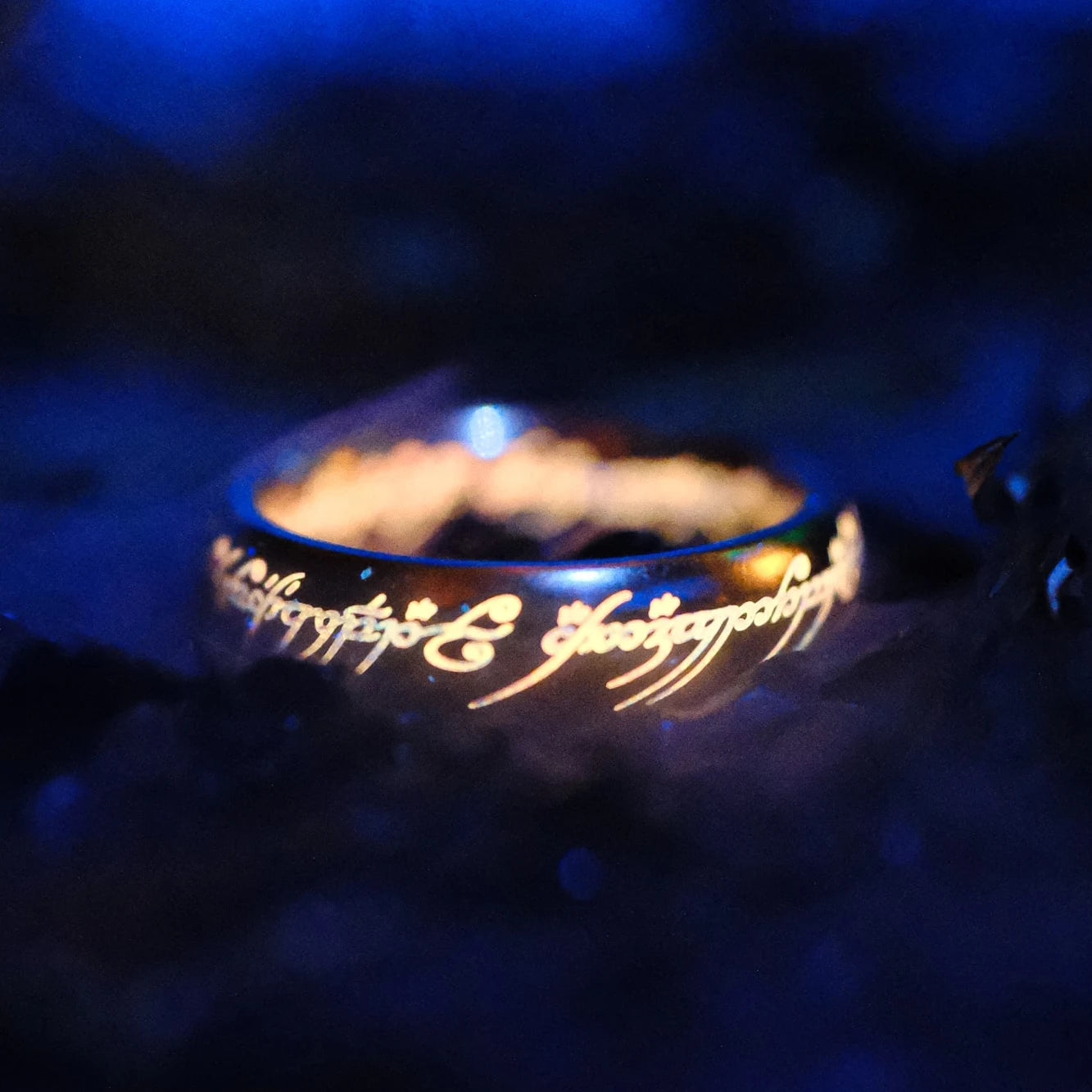
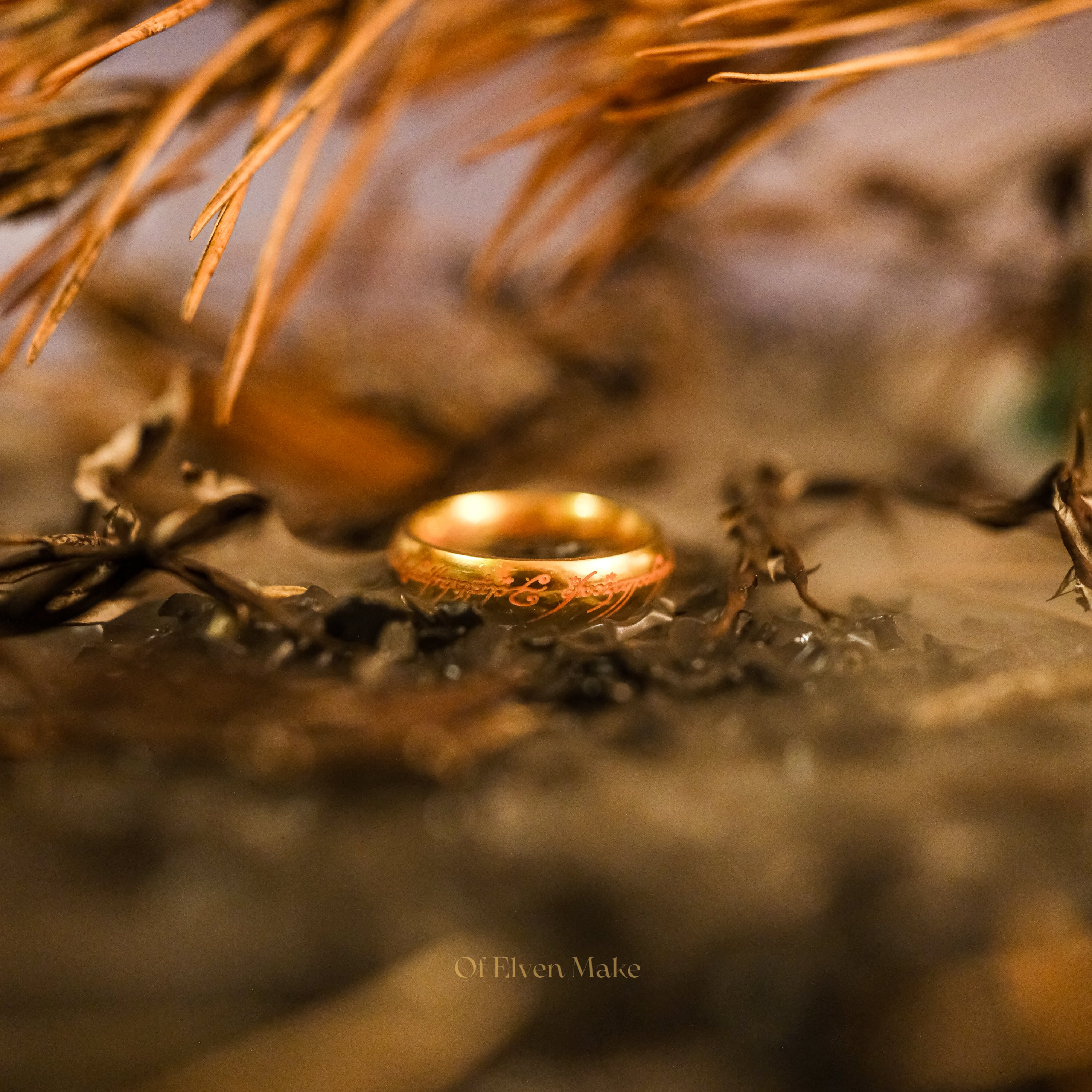
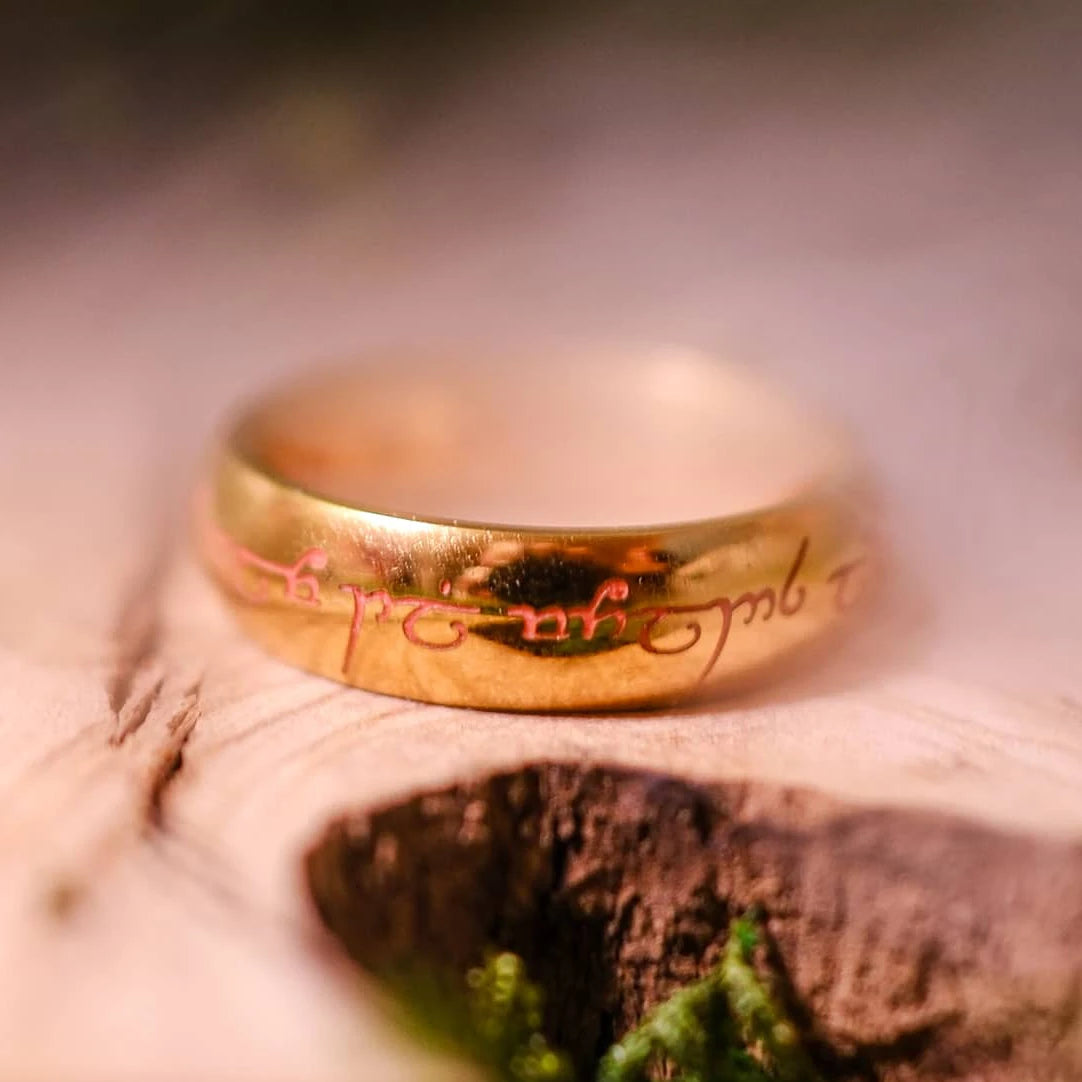
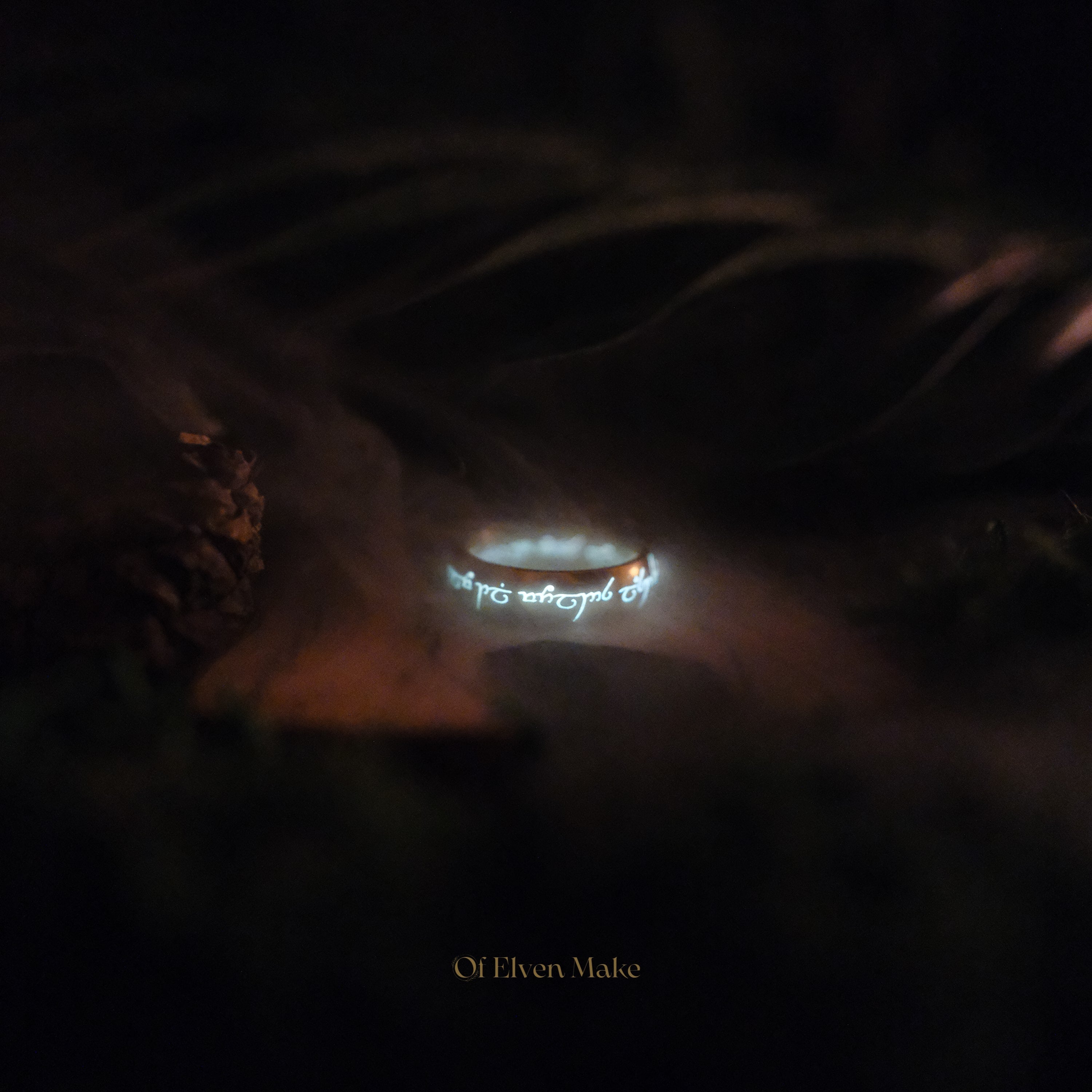
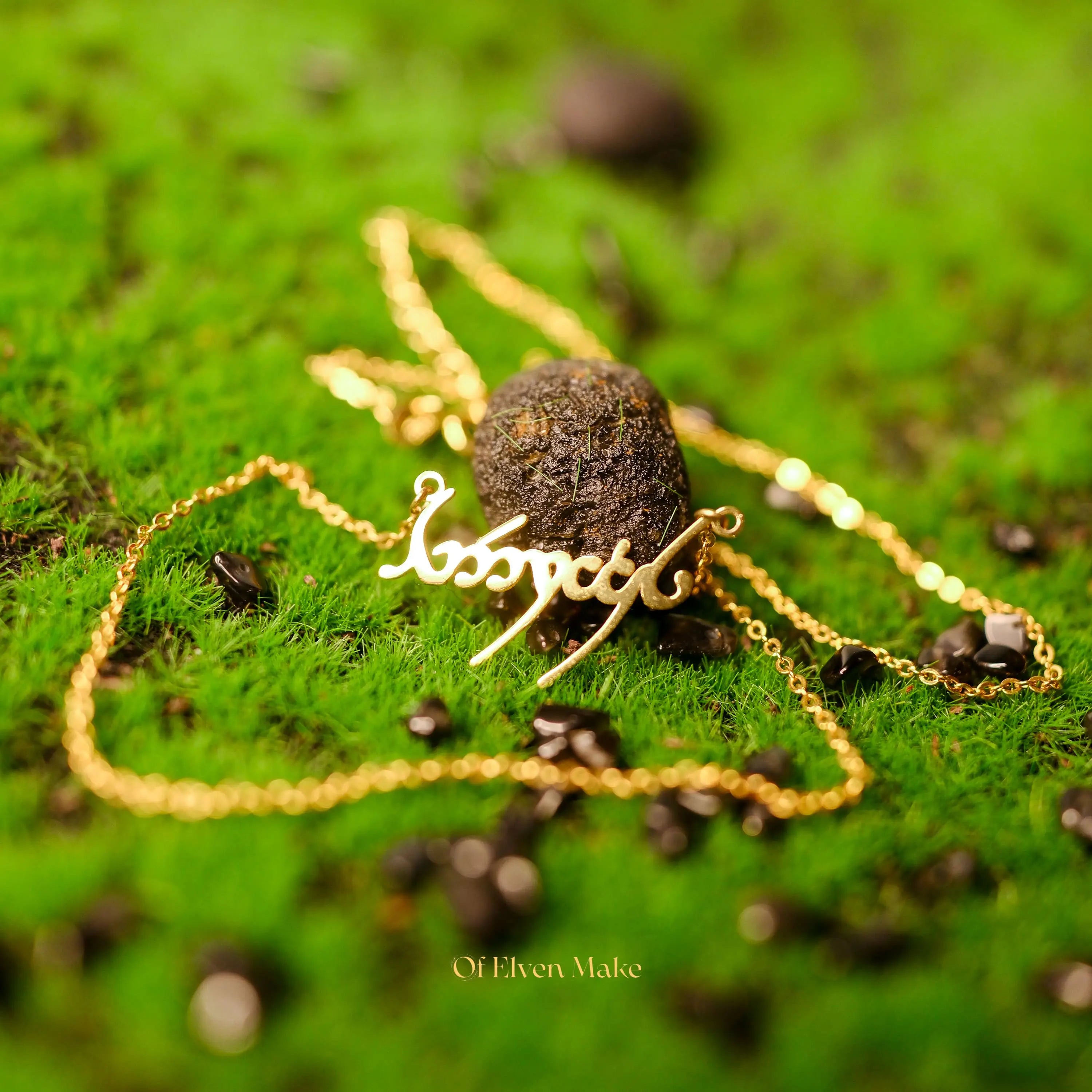
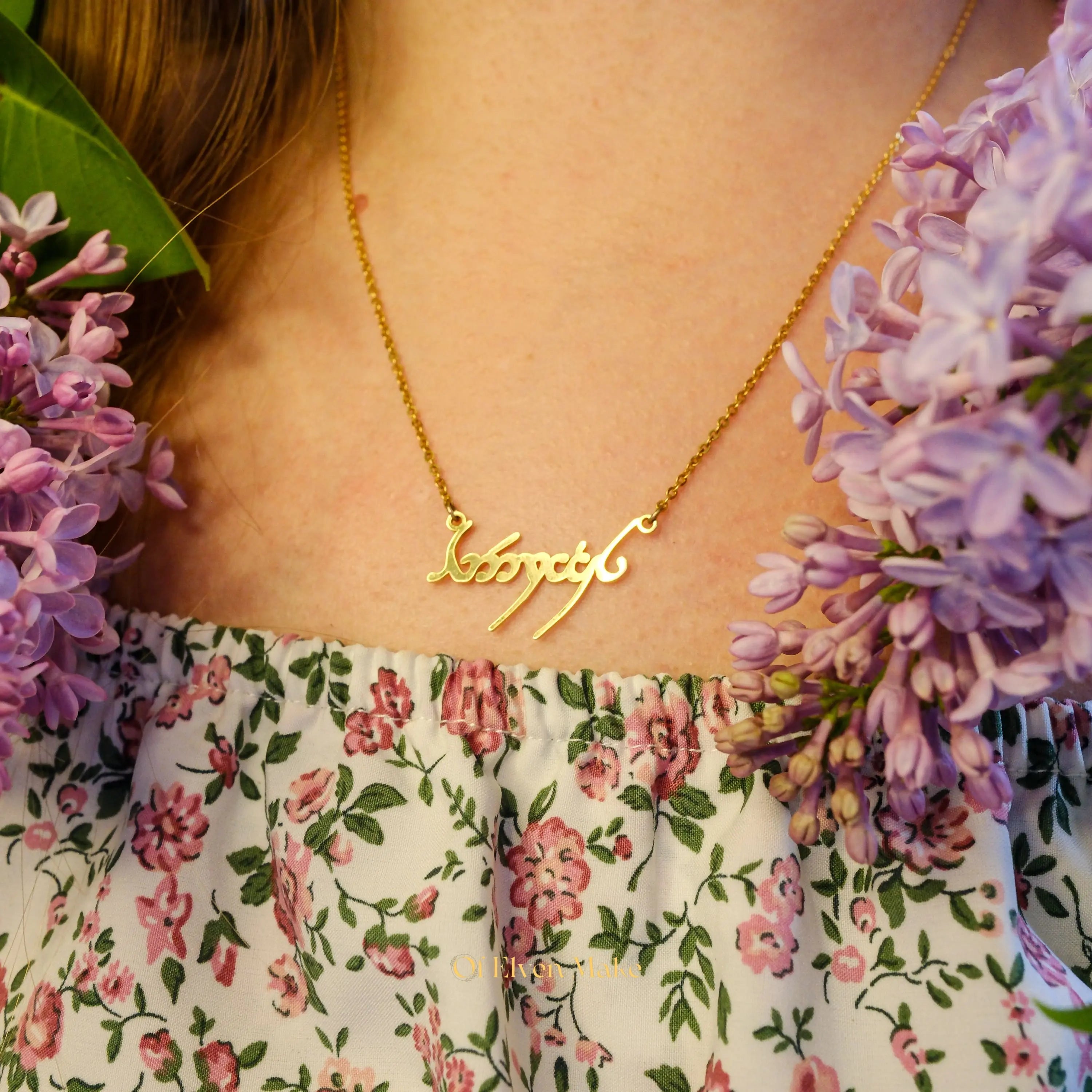

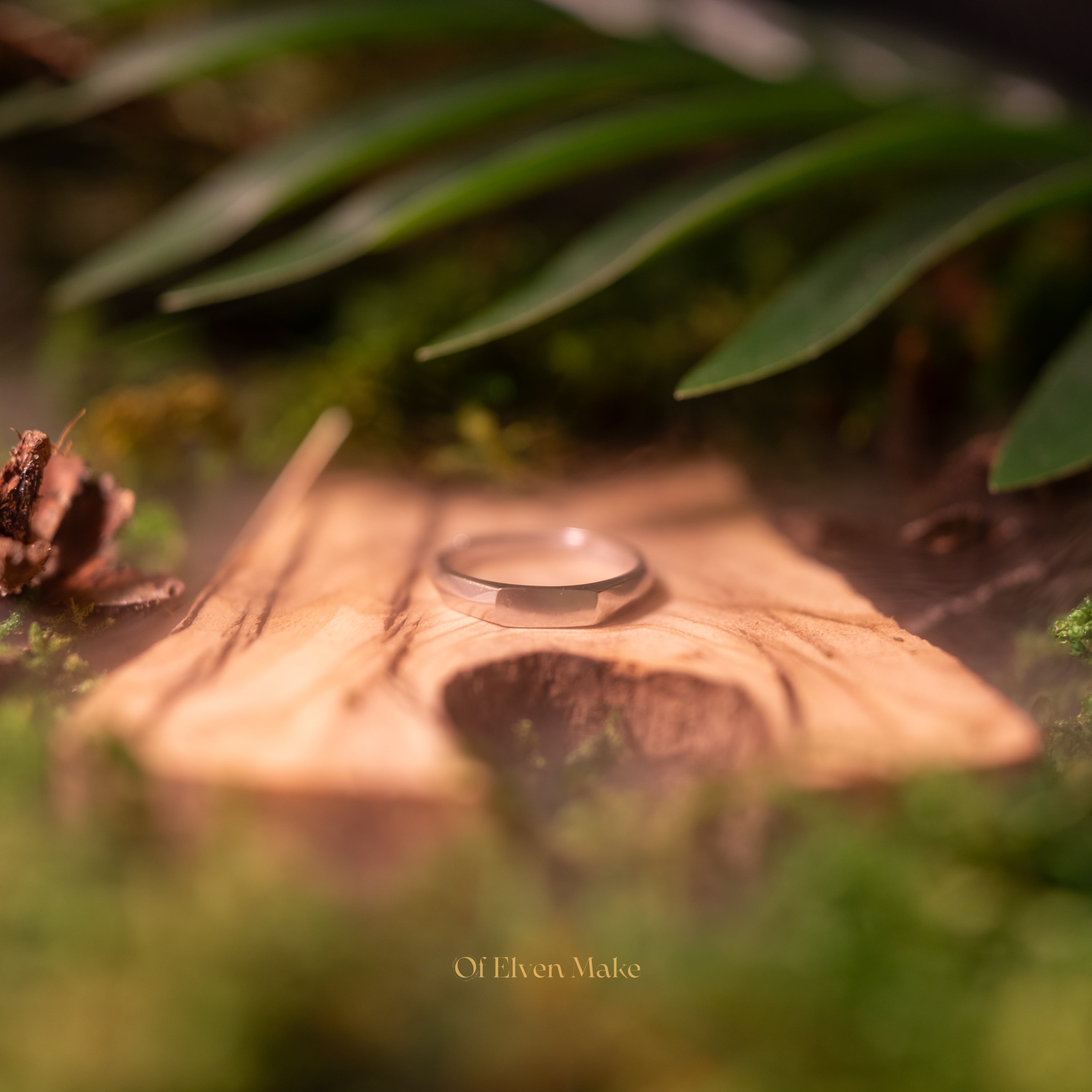
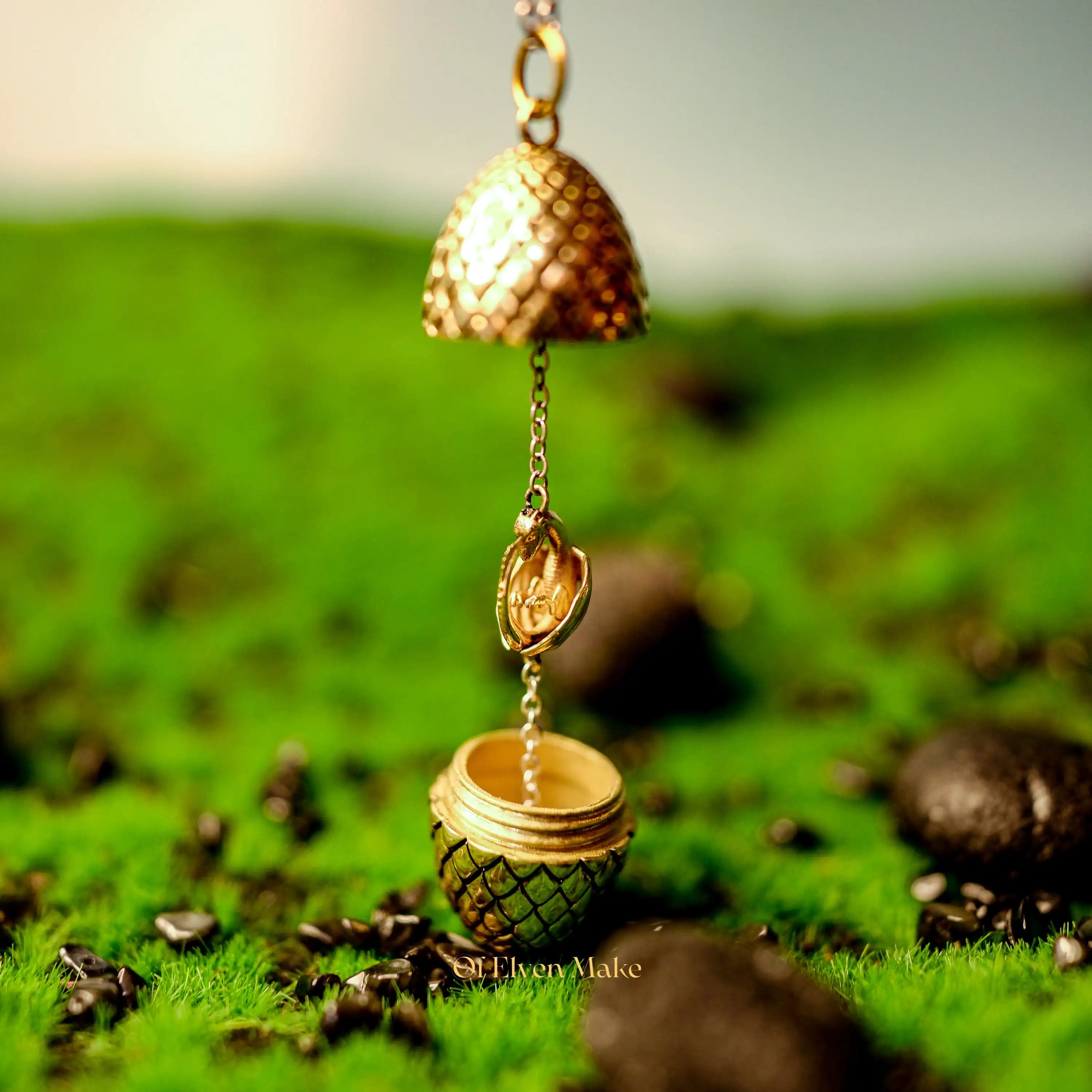
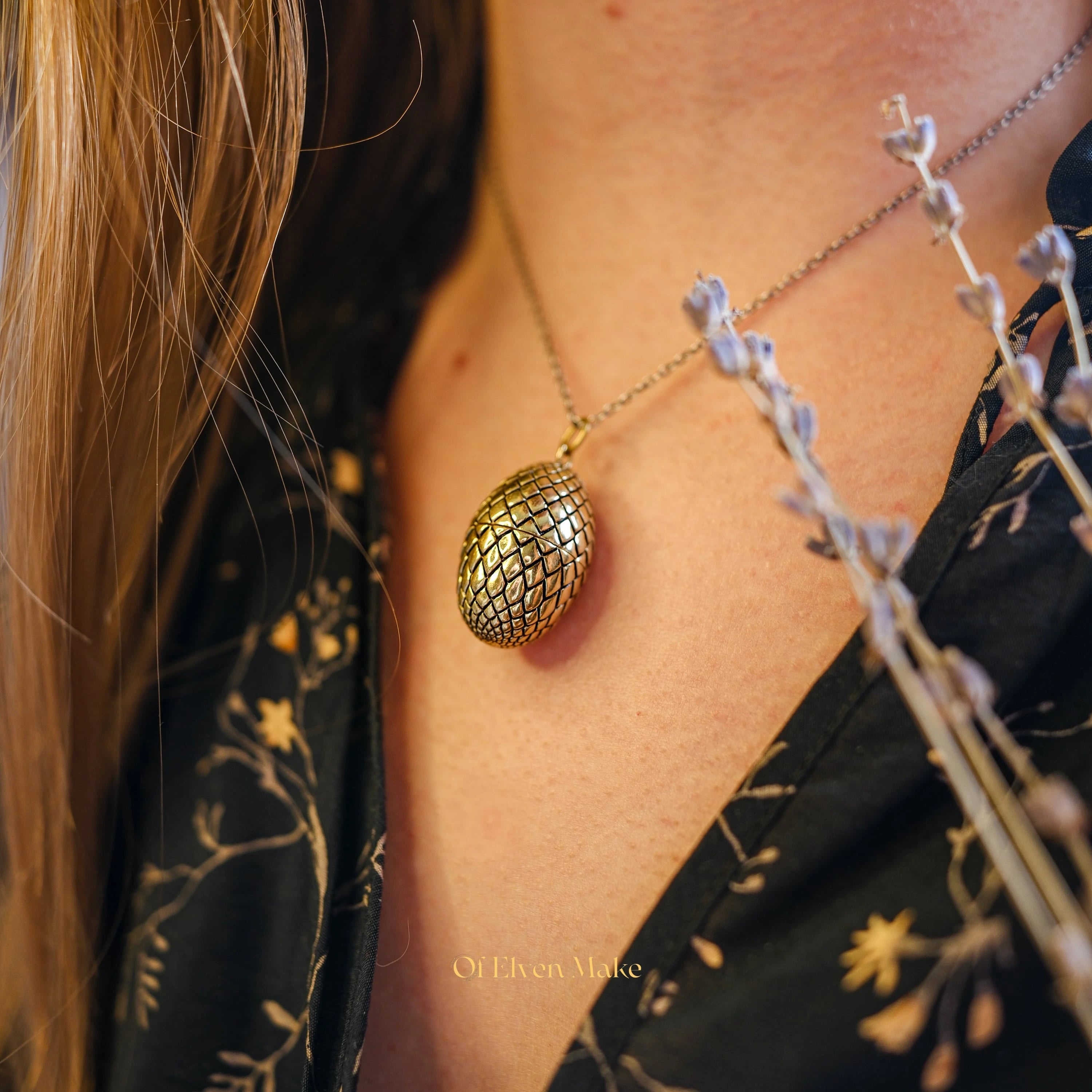
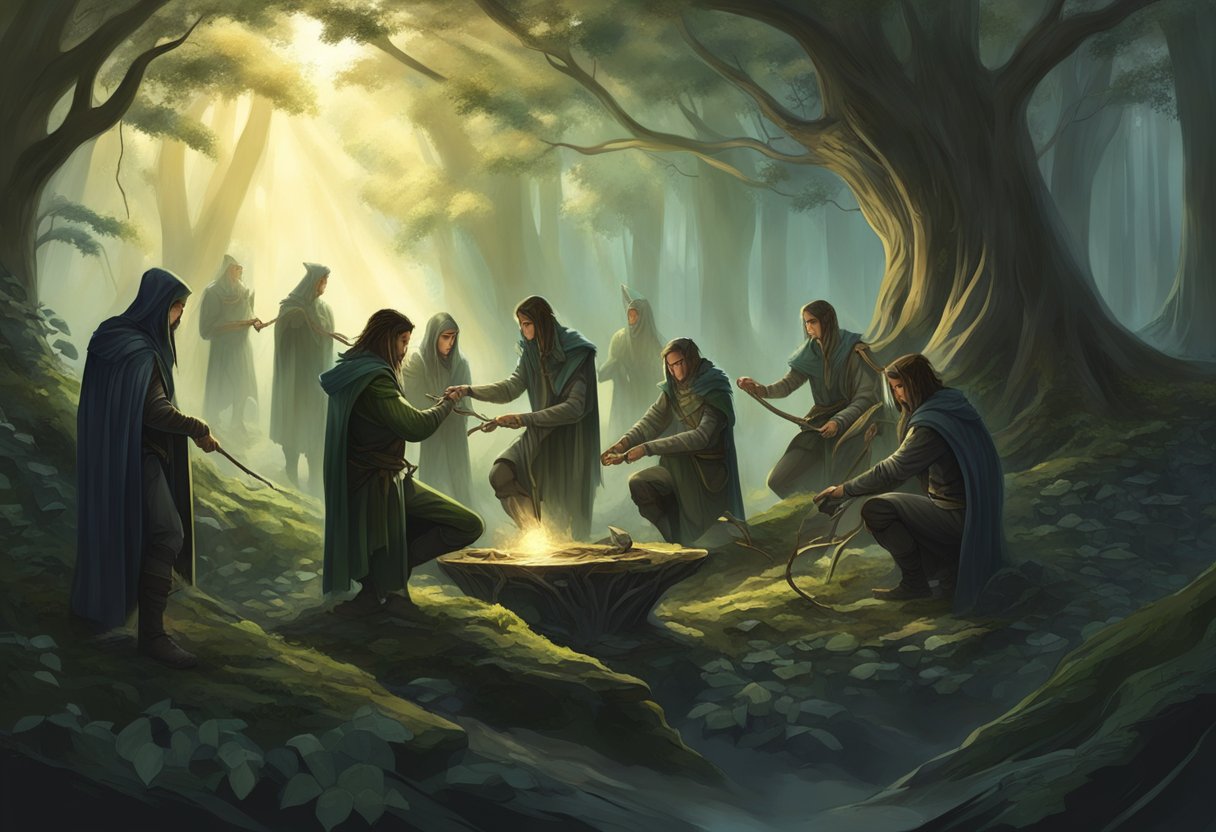
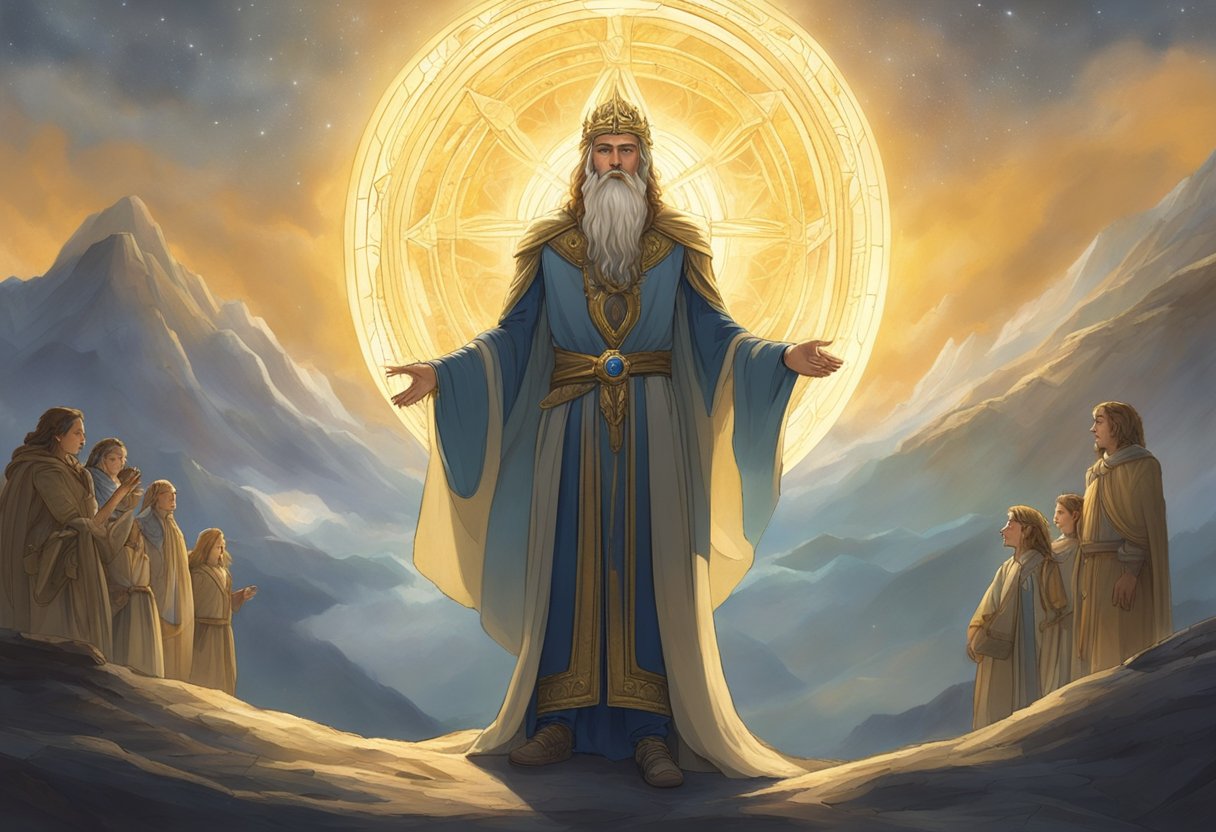
Leave a comment
This site is protected by hCaptcha and the hCaptcha Privacy Policy and Terms of Service apply.